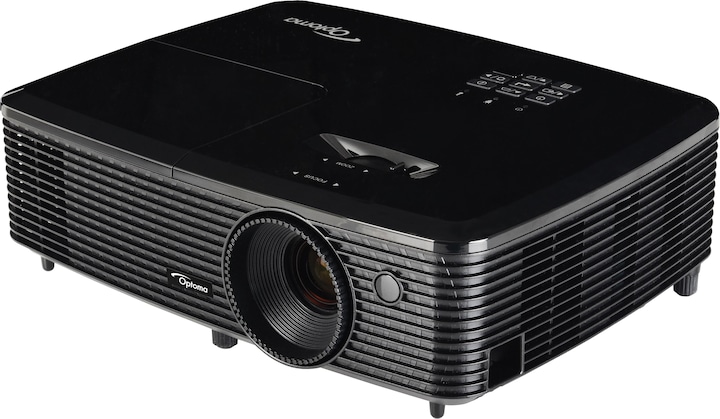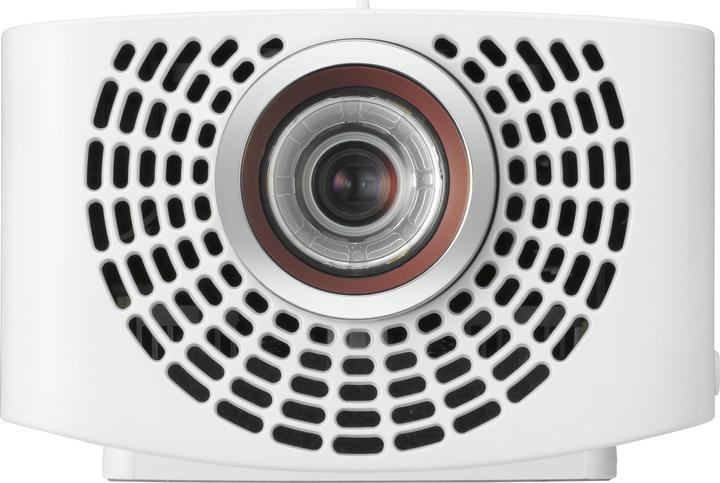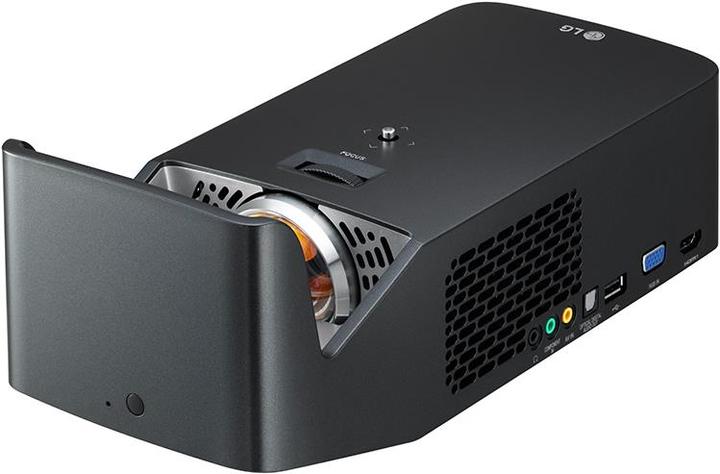

Home cinema projectors for film enjoyment at home
For a perfect movie night, the projector has to work perfectly. That's why we've put together a list of the main features and shown you our favourites among home cinema projectors.
For a breathtaking home cinema atmosphere in the living room, in addition to a good sound system, you need a great picture.
Televisions as small as 75" can quickly become expensive. With projectors, on the other hand, even 130" isn't a problem as long as your living room allows it.
What to look out for:
Resolution
For sharp images, Full HD is a must - on the contrary, affordable 4K projectors are still a rarity. If you want an upgrade from Full HD you're perfectly equipped with 4K enhancement technology: here, image sharpness is improved by moving pixels around to create more.
Contrast ratio
Contrast describes the maximum difference in brightness between black and white in a particular environment. The higher the contrast, the sharper the image. If the projector is used more in dark rooms, a high contrast ratio is essential to display intense black. A contrast ratio of at least 10,000:1 already offers sufficient values - you'll need a bit more for real home cinema enthusiasts.
By the way: manufacturers generally only communicate dynamic contrast, which does not correspond exactly to image contrast and should therefore be interpreted as an indicative value. Native resolution, i.e. checkerboard contrast, is communicated with great restraint.
Brightness
The brightness of a projector plays a big part in the choice of model. This is given in ANSI lumen and indicates how much light the projector can project. As the surface area of the image is, apart from ambient brightness, also an important factor, you need to find out how bright you need.
Tip: if you have the option of darkening the whole room, a value of up to 1000 ANSI lumens is sufficient. More than 1000 ANSI lumens gives an even brighter image; this should be considered when the room cannot, or only slightly, be darkened, as in business. More ANSI lumens are not always better, especially for home cinema. Too much light can degrade contrast or dazzle.
Connection
Ideally, the projector should have an HDMI port for optimum picture and perfect sound.
Sound level
Sound levels of less than 30dB allow you to enjoy films to the full. Tip: if the sound level is given in ECO mode, add 6 to 8dB to get a reliable value.
Optional:
Lens shift
A lens with lens shift allows the image to be moved horizontally or vertically without distorting the image and thus offers a flexible installation in the event that the projector cannot be placed in the centre of the projection screen (e.g. when the ceiling is high or if a suspension obstructs the projection, etc.).
Keystone
Allows trapezium correction, i.e. correcting the image in the event that the projector is not squarely in front and projects a trapezoidal image.
Optical zoom
If the projector cannot be installed with an optimum distance between it and the projection surface, the distance, more precisely the size of the image, can be adapted with a wide optical zoom range.
3D function
For even more realistic moments.
Our favourites:

Special models:
Premium models (4K enhancement technology)
You may also be interested in these articles:
Being creative is my number one passion – from cooking to shopping to home decorating and as a member of the marketing team. High-energy sports like snowboarding, wakeboarding or surfing push me to my limits. Electronic beats blow my mind.









